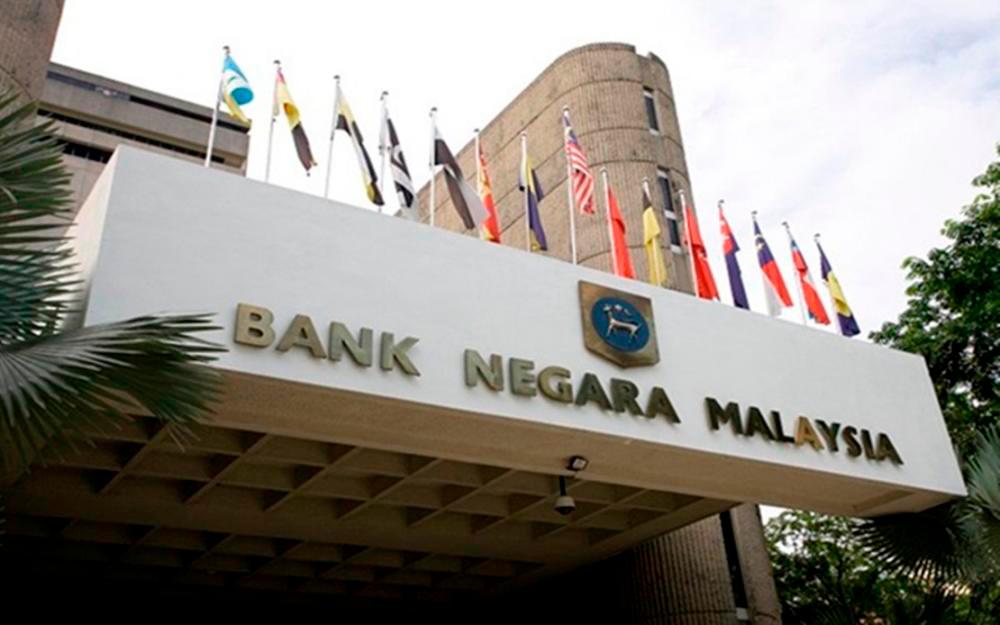KUALA LUMPUR: The emergence of digital banks in Malaysia does not significantly impact traditional banks, primarily due to their limited ability to achieve rapid growth within the initial years of operation.
S&P Global Ratings senior analyst, financial institution ratings, South and Southeast Asia (SSEA), Sue Ong said that the five digital banking licenses issued by the Bank Negara Malaysia (BNM) in 2022 do not seem to be a game changer for now.
“There are a couple of licensing requirements by BNM and the main one is that digital banking players need to serve the underbanked or unbanked population
“But the thing is, Malaysia already has a very high banking penetration rate at more than 90 per cent (of the population) and these are served by the traditional Malaysian banks,” she said during a webinar themed ‘Key Credit Risks For Malaysian Banks and Economic Outlook’ today.
BNM also requires digital banks to cap their assets at RM3 billion within the first three to five years of their operation.
“This means that digital banks are unable to grow very quickly within the first few years. This will be a very small share of the total asset size of the Malaysian banking sector,“ she said.
Meanwhile, Ong said that potential competition may come from promotional campaigns during the launch of digital banks since they could attract customers with appealing deposit offers.
“But it is uncertain whether these deposits will remain steady once the promotions end, as it remains to be tested against the traditional banks’ deposit base,” she said.
She noted that the traditional banks have also stepped up their efforts and significantly enhanced their digital services offerings, focusing on improving user experience through mobile banking applications to compete with digital banks’ offerings.
“They have introduced numerous new digital products tailored for small and medium enterprises (SMEs) and micro-SMEs, which are very similar to those by digital banks,” she added.










